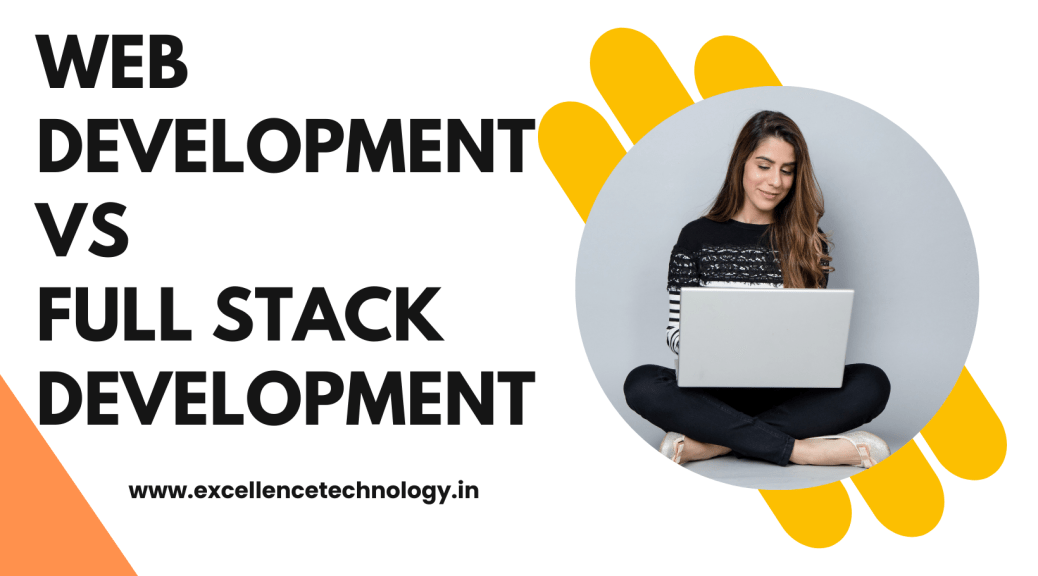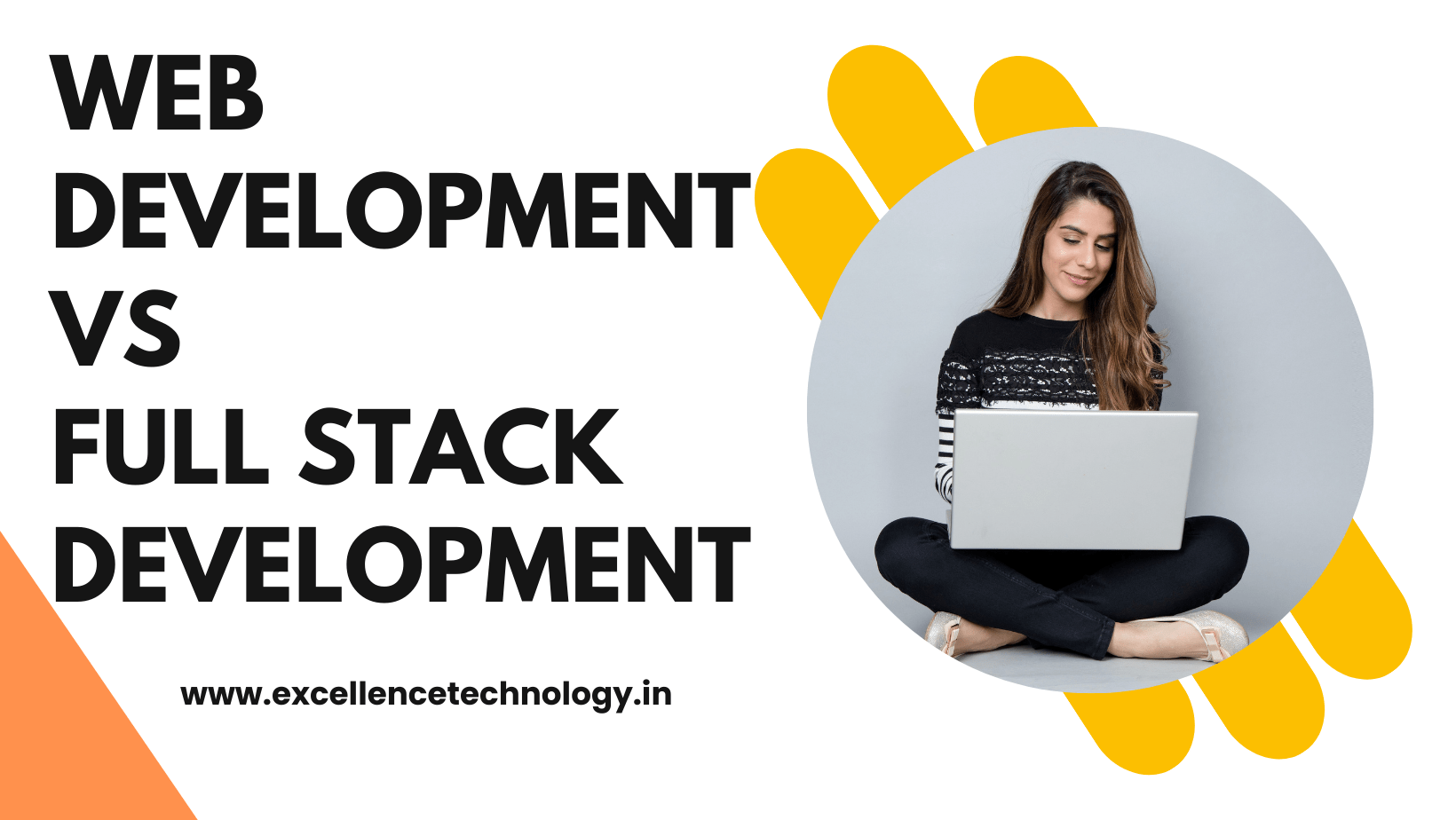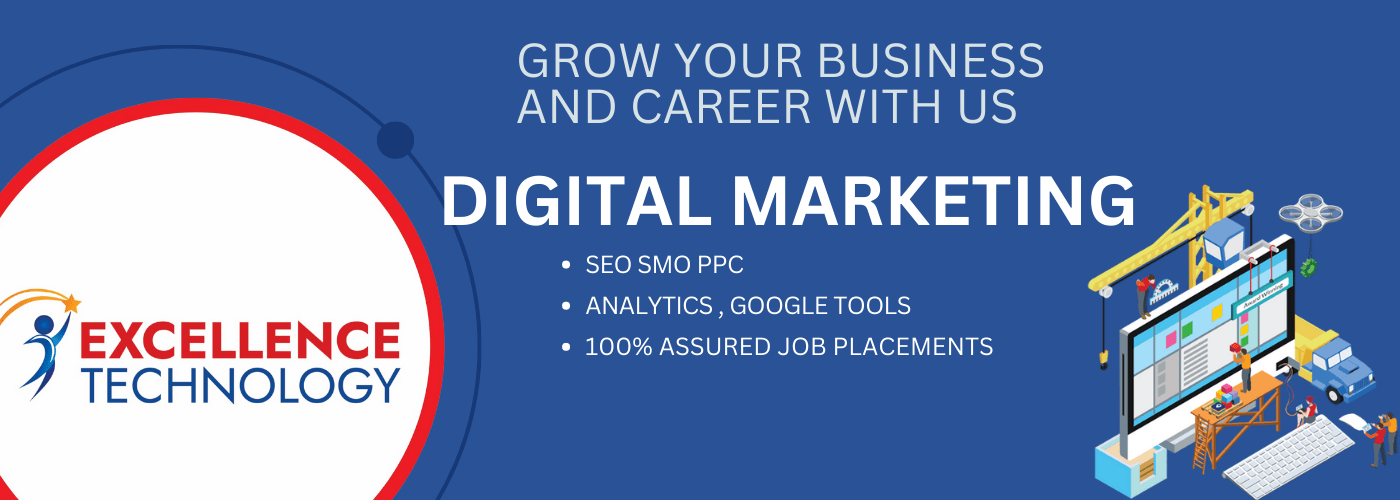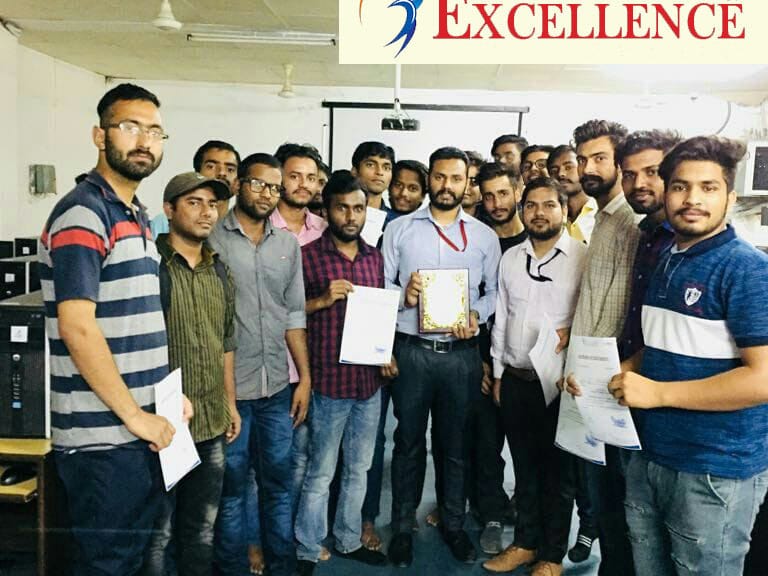
The rapid evolution of artificial intelligence (AI) has led to the emergence of low-code and no-code platforms, making it easier for non-developers to build AI solutions. Here’s a brief overview of how these platforms are transforming the AI landscape:
What are Low-Code and No-Code AI Platforms?
- Low-Code AI Platforms: These require minimal coding, allowing users to create AI models using simple interfaces and drag-and-drop tools.
- No-Code AI Platforms: These require no coding skills at all, enabling users to build AI applications entirely through visual workflows and pre-built components.
Key Benefits
1. Accessibility
- Broader Reach: Democratizes AI development by allowing business analysts, marketers, and other non-technical professionals to create AI solutions.
- Skill Gap Bridging: Reduces dependency on highly skilled data scientists and developers.
2. Speed
- Rapid Prototyping: Accelerates the development process, enabling quicker iteration and deployment.
- Time Efficiency: Significantly reduces the time needed to go from concept to implementation.
3. Cost-Effectiveness
- Reduced Development Costs: Lower reliance on expensive developer resources.
- Affordable Innovation: Makes AI development more cost-effective for small businesses and startups.
4. User-Friendly Interfaces
- Intuitive Design: Simplifies the AI model-building process with visual tools.
- Ease of Use: Empowers users with no coding background to build complex AI solutions.
Popular Use Cases
1. Automated Customer Service
- Chatbots: Create intelligent chatbots to handle customer inquiries efficiently.
- Virtual Assistants: Develop AI-driven virtual assistants for better customer support.
2. Data Analysis and Insights
- Predictive Analytics: Build models to predict trends and behaviors.
- Business Intelligence: Use AI to generate actionable insights from large datasets.
3. Marketing Automation
- Personalized Campaigns: Design AI-driven marketing campaigns tailored to individual customer preferences.
- Customer Segmentation: Automatically segment customers based on behavior and demographics.
Challenges
1. Limited Customization
- Complexity Constraints: May not handle highly complex AI tasks as effectively as traditional coding methods.
- Scalability Issues: Potential limitations in scalability for large-scale projects.
2. Integration Difficulties
- Compatibility: Ensuring compatibility with existing systems and workflows can be challenging.
Conclusion
Low-code and no-code AI platforms are revolutionizing the way organizations approach AI development. By making AI more accessible, faster, and cost-effective, these platforms are enabling a new wave of innovation across various industries. As technology continues to evolve, the capabilities and adoption of low-code and no-code AI are expected to grow, further simplifying the path to AI-powered solutions.

















